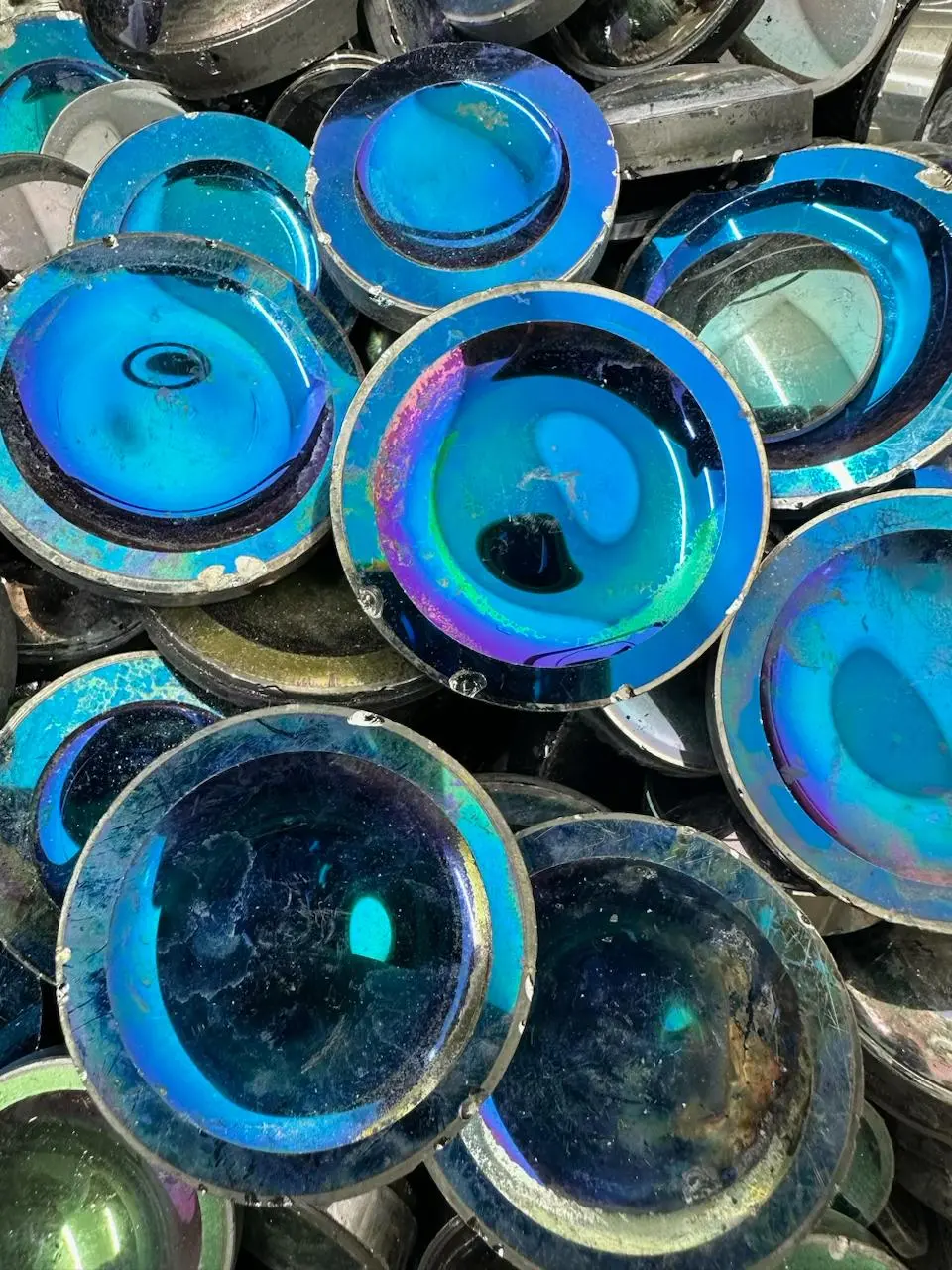

Germanium, a vital metalloid, is indispensable for advanced technologies that underpin modern infrastructure and innovation. For many businesses, germanium-containing waste is not merely a byproduct but a significant financial and strategic asset, often overlooked. Current market dynamics, characterized by exploding demand, constrained primary supply, and complex geopolitical influences, are collectively elevating the value of germanium, making its recovery more critical and lucrative than ever.
Germanium's unique electrical and optical properties, such as high electron mobility and infrared transparency, make it an essential component in a variety of advanced applications. In the realm of fiber optics, germanium enhances infrared transmission, significantly improving the performance of high-speed communication systems, including 5G networks. Its suitability extends to infrared optics, where it plays a vital role in the production of lenses and windows for thermal imaging, military night vision devices, and automotive safety systems such as Advanced Driver-Assistance Systems (ADAS).
Moreover, germanium is crucial in the field of semiconductors and electronics, particularly in specialized applications like silicon-germanium (SiGe) alloys that are used in high-speed integrated circuits, as well as in high-purity germanium for gamma-ray detectors. In renewable energy, germanium boosts the efficiency of multi-junction solar panels, making it particularly valuable for space applications.
Additionally, germanium serves as a polymerization catalyst in the production of polyethylene terephthalate (PET), a widely used plastic material. Research is also underway to explore emerging uses of germanium in healthcare and biomedicine, highlighting its potential in these critical fields.
While alternatives exist for some of these applications, high-tech industries, especially those in defense, space, and telecommunications, remain heavily reliant on germanium due to its unmatched performance. This reliance renders the demand for germanium relatively inelastic, underscoring the importance of secure supply chains, including recycling efforts, as a strategic priority.
Germanium prices have experienced considerable volatility, particularly during the 2023-2024 period, where a notable spike pushed prices beyond $2,000 per kilogram, reaching peaks of around $2,443,000 USD per metric ton in the U.S. and $2,427,000 USD per metric ton in Taiwan. Several key factors have contributed to this situation.
One major driver is the geopolitical supply constraints, primarily due to China's dominant position in the market. As the world's leading producer, China accounts for over 60% of the global germanium supply. In August 2023, the country implemented export restrictions on germanium, as well as gallium, which significantly disrupted global supply chains and led to soaring prices that persisted into 2024.
Additionally, there has been an explosive growth in demand from high-tech industries. This surge has been fueled by advancements in artificial intelligence, the rollout of 5G networks, cloud computing, and the development of advanced driver assistance systems (ADAS), all of which have created unprecedented demand for germanium.
Moreover, the supply of germanium is inherently limited. It is mainly extracted as a by-product of processing zinc ores, and is also associated with coal, copper, and lead mining. This by-product status means that the supply of germanium is largely inelastic; it cannot be easily increased in response to rising prices unless there is also an uptick in the production of the primary metals from which it is derived.
Looking ahead, the market outlook suggests that price volatility will likely continue, with a potential upward trend. This is sustained primarily by ongoing demand from green energy initiatives and 5G technologies, coupled with persistent geopolitical and supply chain risks. Such uncertainty, along with the inelastic nature of supply, further highlights the strategic importance of recycling germanium.
Germanium can be recovered from various sources, contributing to a circular economy and reducing waste. One notable source is decommissioned military equipment, where infrared lenses and windows frequently contain recyclable germanium. Additionally, the manufacturing of optical fibers generates significant waste, which is routinely recycled to recover this valuable material. Another important source is solar cells; germanium wafers used as substrates in multi-junction solar cells, especially those designed for satellites, provide a substantial amount of recyclable germanium. Moreover, during the machining process of infrared optics, a considerable portion of germanium is removed and subsequently recycled as new scrap. Finally, the semiconductor industry is witnessing advancements in technology that enable the recovery of germanium from its manufacturing waste. These diverse sources highlight the potential for sustainable practices in recovering germanium, thus supporting a more resilient supply chain.
Germanium's indispensable role in high-tech industries, coupled with its constrained primary supply and geopolitical factors, has profoundly elevated its value. This makes germanium scrap not merely a waste product but a highly valuable commodity and a strategic resource.
Businesses are urged to identify and assess their germanium-containing waste streams proactively. Recognizing these materials as potential revenue streams and contributions to a more secure and sustainable supply chain is paramount. By securing a domestic or recycled source of this critical metal, companies can reduce their vulnerability to global supply shocks and price volatility, transforming a "waste problem" into a "strategic asset."
Quest Metals offers a comprehensive range of services tailored to simplify and optimize the germanium recycling process. They purchase all forms of germanium metal scrap, which includes not only germanium lenses and optics that they can dismantle, but also wafers from semiconductors and solar cells, as well as residues from various manufacturing processes. Additionally, they accept germanium dioxide and powders.